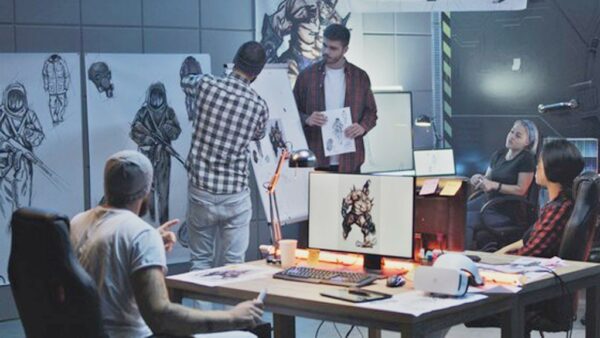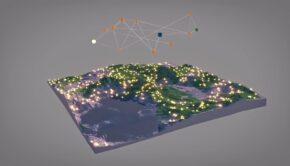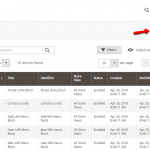5 Essential Build Stages Of Custom Video Game Development
There are several essential build stages of custom video game design, development, and deployment. Building a custom video game from scratch is inherently chaotic, challenging, and complex. Therefore, development companies need organized dev frameworks to overcome deployment bottlenecks, meet strict deadlines, and ensure satisfaction from game publishing agencies. As a game-savvy software developer, building your own product empowers you to unleash your creativity and work in a dynamic industry.You can also make a name for yourself like Blaine Graboyes. This way, you can maximize your earning potential and challenge yourself with a continuous learning curve. To help you get started, read on to learn about the essential build stages of custom video game development.

Pre-Production
First and foremost, your video game development lifecycle begins with pre-production. Simply, this is where you define what your game is about, who your audience is, and what you need to make it. In addition, you should take a look at the industry, as well as the largest competitors. Then, consider the minimum budget needed to develop a game. This will help you effectively understand the team, timeframe, and resources needed to complete your project. Depending on the complexity of your product, this phase can least as long as six months. In fact, pre-production often accounts for roughly fifteen-percent of the total, end-to-end production time. Certainly, pre-production is a critical phase to develop a custom video game from scratch.
Game Design
Once pre-production is complete, game design is another essential stage of custom development. During this phase, carefully analyze your intended user gameplay. Essentially, this functions as a vision of player interactions in the digital game world. Next, focus on your game’s structured mechanics. Specifically, define the rules, achievements, constraints, and rewards. At the same time, lay out your plot, which is especially important if you are building a complex, in-depth gaming product. You should also take the time to thoroughly describe your characters and monetization structure. Surely, design is a high-priority, intensive build stage of custom video game development.
Development
Next, prepare to develop your custom video game. In order to develop a successful gaming product, you need to utilize several advanced programming tools and development resources. For example, integrate a container registry by JFrog to support Helm chart repositories, Docker solutions, and Kubernetes deployments. These advanced registries serve as a powerful, single access point to manage and organize your Docker images. Of course, this advanced configuration allows you to streamline development while avoiding throttling or Hub retention issues. Implementing these solutions, you can strengthen access control, scan for vulnerabilities, and make strategic security patches wherever necessary. At the same time, these capabilities allow you to simplify user authentication, as well as for images. Indeed, development is a core stage of video game development.
Testing
Now, you are ready to conduct testing on your video game development project. This is vital to ensure all your game’s functionality is working properly. As soon as all of your content is published and playable, begin structured quality assurance (QA) procedures. This way, you can simplify discovery, documentation, and prevention of future products bugs. Naturally, this enables you to fully-analyze your current version and identify potential areas of improvement. Moreover, constant testing promotes quality assessment, stronger game reviews, and improve future versions. Absolutely, structured testing is a core phase of custom video game development.
Post-Production
After your game has been deployed, there are several post-production development steps to follow. The process begins with continuous, routine game maintenance. This is vital to deal with any bugs or defects that appear post-release. Also, this is an excellent period to kickstart your product marketing efforts. These promotional tactics will help you create hype and grow an eager fan base. You may also want to implement structured procedures for quality assurance (QA) testing, mobile compatibility, and live tech support. Definitely, post-production is one of the most essential build stages of custom video game engineering.
There are plenty of essential build stages for custom video game programming. First off, start your development pipeline with pre-production. Then, move into game design, where you will define gameplay, mechanics, and characters. Surely, this provides you a strong, developed foundation to launch your game. Afterwards, development is a critical phase to prepare for. Now, you are ready to conduct in-depth game testing procedures. This way, you can promote strong game rankings and identify potential areas of improvement for future releases. After release, there are several organized post-production steps to follow. Follow the points highlighted above to learn about the essential build stages of custom video game development.













